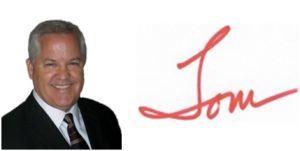This competitive intelligence series describes some practical steps for someone to follow that is interested in starting a CI activity in an organization.
These days, when the economic conditions are so difficult, may seem like the wrong time to some to get started. The other view (and one that I agree with) is that competitive intelligence is more important in hard times though the methods employed may be different. So, what is the absolute first step that is critical for the eventual success of a CI program?
Simply put, the first step is to “find the pain.”
By pain, I mean the obvious, significant and personalized need for competitive intelligence felt by someone that is in a senior position in the company.
Their pain can be caused by many things. Here are some common examples.
 It happens in an instant. The question is asked and now time seems to stand still. Your breathing becomes shallow, your muscles tense and a dozen thoughts go through your mind. What is the right answer? You need the right answer! Now!
It happens in an instant. The question is asked and now time seems to stand still. Your breathing becomes shallow, your muscles tense and a dozen thoughts go through your mind. What is the right answer? You need the right answer! Now!